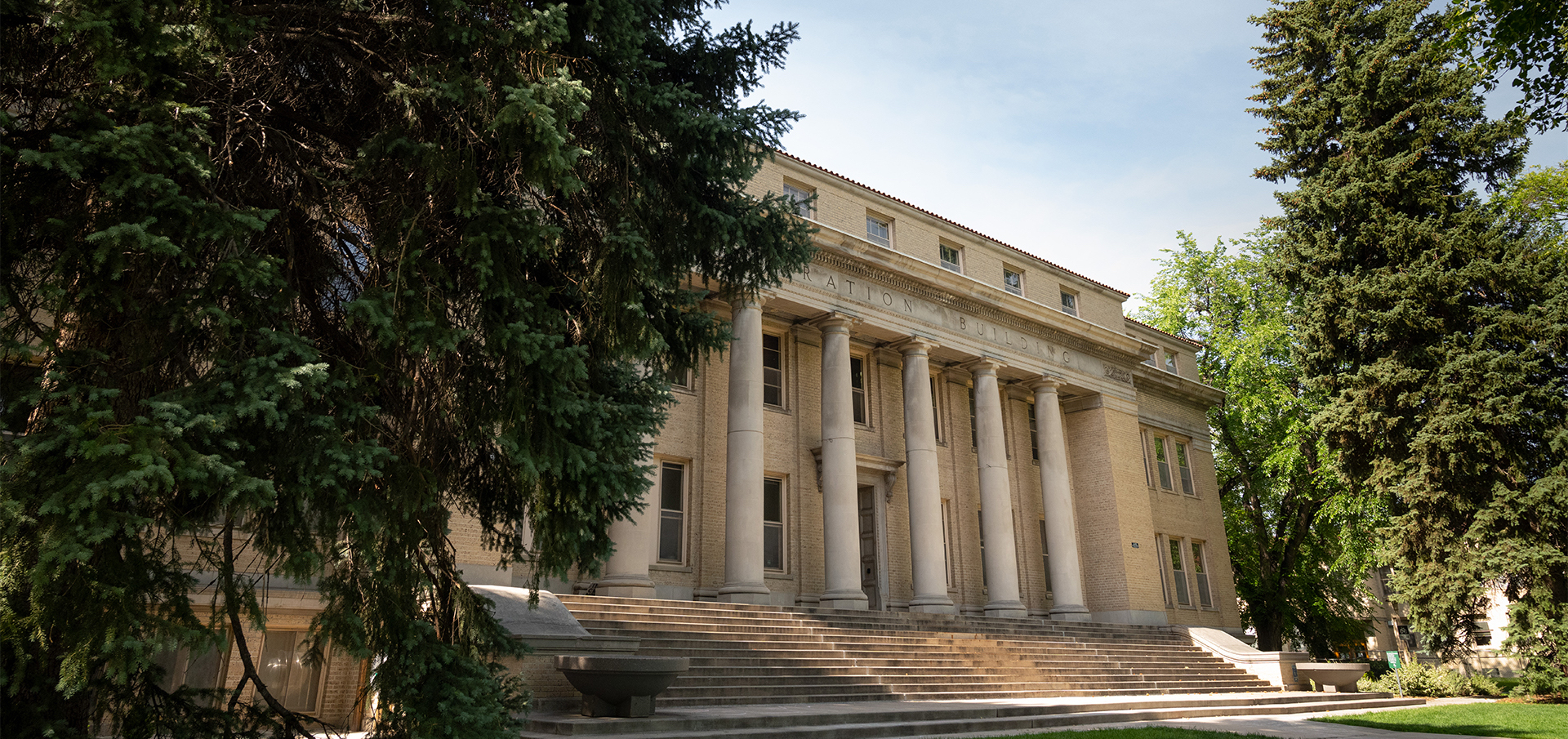
Editor’s note: Amy Barkley, executive assistant to the CSU Faculty Council, wrote this article for SOURCE on key reports and discussion items at the March 5 Faculty Council meeting. It is published here on behalf of the Faculty Council Executive Leadership. Details of the reports and presentations referenced below are available in the meeting minutes on the Faculty Council website once they are approved at the April meeting.
Faculty Council met via Microsoft Teams on March 5 and elected the 2024-25 Faculty Council leadership, discussed changes to the undergraduate certificate definition in the General Catalog, and heard a report from President Amy Parsons.
Election results
Faculty Council officers are elected for one-year terms each March. Eligibility requirements for the positions of Faculty Council chair, vice chair and representative to the Board of Governors can be found in Section C.2.1.3.3 of the Academic Faculty and Administrative Professional Manual.
Melinda Smith was re-elected for a second term as Faculty Council chair. Joseph DiVerdi was re-elected for a second term as vice chair, and Jennifer Martin was elected as the new representative to the Board of Governors, following Andrew Norton’s term.
Undergraduate certificate definition
The University Curriculum Committee brought proposed changes to the undergraduate certificate definition. Associate Vice Provost Andrea Duffy provided background on the proposed changes and rationale.
Duffy explained that the major point of the revision is to broaden the definition of undergraduate certificates at CSU to provide the capability for offering certificates to non-degree-seeking students, as well as the ability to create and innovate certificates in areas of need. The changes to the definition also include the ability for certificates to come from any academic unit, as well as broadening the range of credits within a certificate and removing the nine-credit requirement for upper division coursework.
Members asked questions about the process, as well as the impacts of these changes on situations around financial aid and admission. Duffy explained that this would not change anything with respect to the current workflow for approvals, and that the Office of Financial Aid confirmed that non-degree seeking students would not take away financial aid from degree-seeking students.
Concerns were raised about approving these changes to the definition without decisions being made about the admission process for learners seeking certificates. Duffy stated that standalone certificates will not be offered until the admission process is worked out and that plans call for a task force, with significant faculty input, to help address that.
Faculty Council members approved the changes to the definition. Smith mentioned during the chair’s report that a task force is in the works to help address these changes and work on the policies behind the changes, and encouraged members to reach out if they are interested in participating.
President report
Parsons gave a report on recent activities and items of interest to Faculty Council. Parsons reported on her recent trip to India and other countries, First-Generation Award students and some budget updates. Parsons indicated that the budget is currently the same as it was presented at last month’s Faculty Council meeting by Vice President for University Operations Brendan Hanlon, since updates from the state have not come in. Parsons reported that the vice presidents and deans have been meeting with Provost and Executive Vice President Marion Underwood and Hanlon to go over reduction scenarios, and those scenarios should be coming to the Office of the President by the end of March or early April.
Questions from Faculty Council members included what Parsons imagines for a strategic vision for Athletics, as well as a request for more information around administrative growth in recent years. Parsons stated that there have been many changes to the landscape of intercollegiate athletics in recent years, including lawsuits at both federal and state levels, transfer portals, and NIL (name, image and likeness). Parsons indicated that these changes make it difficult to have a strategic plan. She said leaders are trying to keep up with the daily changes in the landscape and are meeting with student-athlete representatives to hear their thoughts. Smith emphasized the support from Faculty Council for student athletes.
Other Faculty Council highlights
- Nominations for the Harry Rosenberg Award are due to Executive Assistant Amy Barkley and Vice Chair Joseph DiVerdi by March 29. Information about the award and how to nominate can be found on the Harry Rosenberg page on the Faculty Council website.
- Faculty Council approved revisions to Section E.2.2.7.1 of the Academic Faculty and Administrative Professional Manual. The changes came from the Faculty Council Committee on Teaching and Learning. The revisions make an update to the eligibility criteria for the University Distinguished Teaching Scholar title to include tenure-track, continuing, and contract faculty as well as tenured faculty. The changes are now being reviewed by the Office of General Counsel.
- Vice Provost for Faculty Affairs Susan James gave a brief update on the Faculty Success initiative. The Task Force on Faculty Workload Equity has finished visiting all the executive committees of the colleges and will be providing a report soon. They have also developed a new blog, called “Elevating Equity” that faculty were encouraged to check out.
The next Faculty Council meeting will be on Tuesday, April 2, over Microsoft Teams, 4-6 p.m. For the schedule of Faculty Council meetings, approved minutes and agendas, lists of members of the Council and its committees and other information, visit the Faculty Council website.